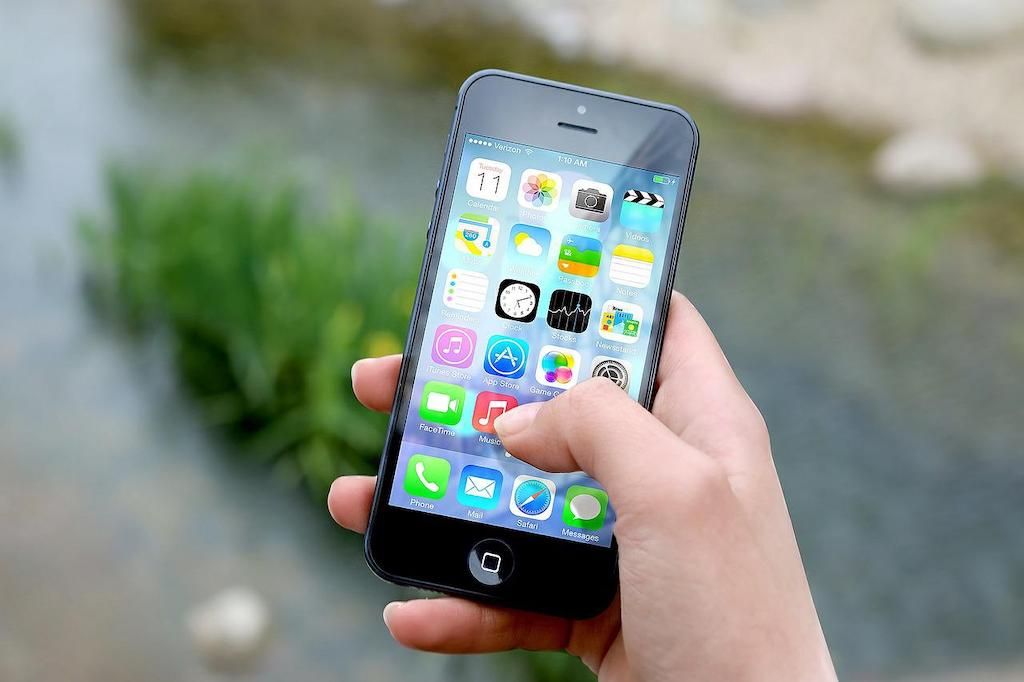Last week we witnessed a critical milestone in the history of cloud computing: the moment at which the public cloud became less expensive than physical infrastructure. This moment came on March 25th in San Francisco when Google announced a massive price drop across its GCE platform. The announcement was matched the following day with an equivalent price reduction from Amazon, which went into effect today. The dual announcements may someday be recognized as a historical milestone: the cloud-equivalent of the release of the first iPhone for smartphones, the iPod for digital music players, or the Casio QV-10 for digital cameras.
I recently pulled out a 2011 analysis I had done comparing physical infrastructure to cloud. The analysis was based on a fictitious application consisting of 15 web servers, 25 application servers, 4 database servers and 50 TB of storage. I priced the physical hardware using all Dell equipment (PowerEdge rack servers and EqualLogics storage array), and the cloud using Amazon Web Services (EC2, EBS). While I included hardware / software maintenance costs in my cost of physical infrastructure, I excluded labor costs to minimize the controversy. My conclusion in 2011: the three year TCO for physical infrastructure was $353K versus $588K for the cloud. Winner: physical infrastructure. I published the analysis in a blog post called The Dirty Little Secret of the Cloud, in which I tried to make the point that while there were many reasons to be in the cloud - e.g. on-demand infrastructure, no upfront capital expenditures, access to global infrastructure, outsourced management - saving money was not one of them.
So what does that same analysis look like today with the price discounts announced last week? Using the equivalent materials from Dell and Amazon, the three year TCO is 335K for physical infrastructure versus $333K for the cloud. Winner: the public cloud.
Disruptive technologies always have a tipping point: a moment at which they transition from a competitor in a market to the leader. For smartphones, the tipping point was 2013, when worldwide sales of smartphones eclipsed dumbphones for the first time. For the digital camera, it was 2003, when the sale of digital cameras eclipsed film-based cameras. For CDs, it was 1988 that consumers officially started buying more CDs than vinyl records. But for each of these tipping points, there are several critical milestones that can be recognized as pivotal to the eventual disruption. Last week was one of these milestones for cloud computing.
For those of us in the cloud, today our infrastructure got a lot cheaper. For those of us moving to the cloud, yet another barrier to adoption has been removed. And for those of us thinking there is still a future in owning and managing your own infrastructure, today you became a fossil.
